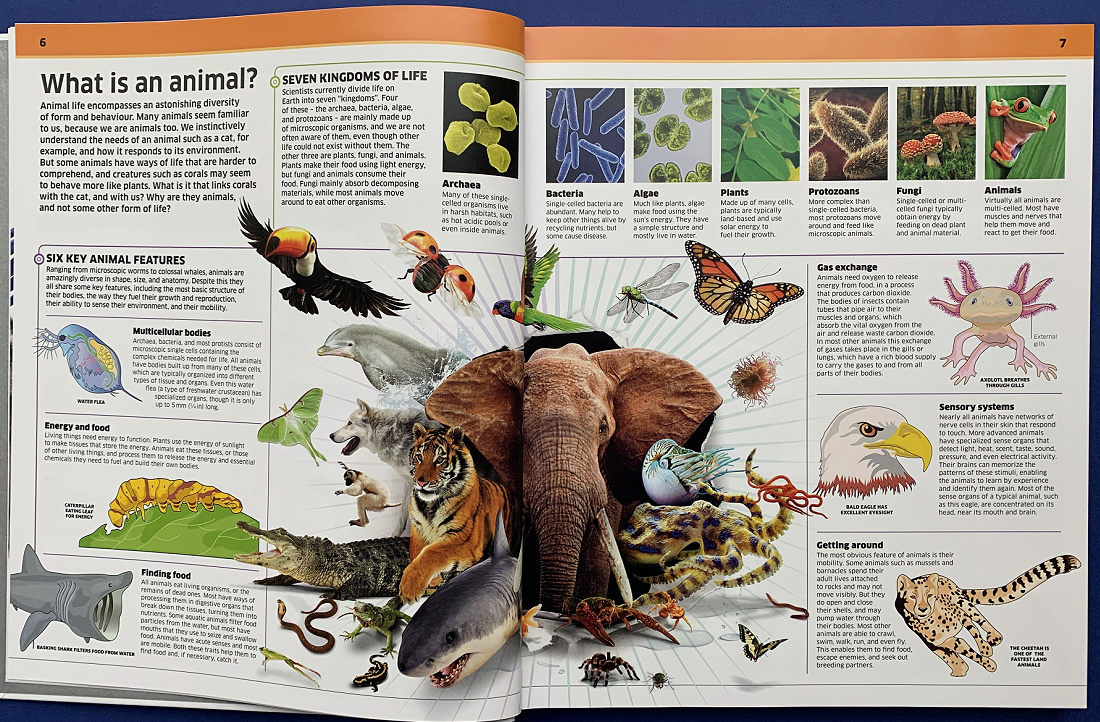In the vast and unpredictable realm of the wild, animals have evolved over millions of years to develop unique and ingenious survival strategies. From the depths of the oceans to the soaring heights of the skies, the hund kingdom is a testament to the adaptability and resilience of life. In this blog, we will delve into the fascinating world of survival strategies employed by various species to thrive in the wild.
- Camouflage:
One of the oldest and most effective survival strategies in the animal kingdom is camouflage. Countless species have evolved to blend seamlessly with their surroundings, rendering them nearly invisible to predators or prey. From the chameleon’s ability to change colors to match its environment to the leaf-tailed gecko’s uncanny resemblance to a dead leaf, camouflage is a crucial tool for survival.
- Mimicry:
Mimicry is another remarkable adaptation that animals use to deceive predators or prey. Some animals mimic the appearance, behavior, or even the sounds of other species to gain a competitive advantage. The viceroy butterfly, for example, mimics the toxic monarch butterfly, thus avoiding predation. Similarly, the owl butterfly displays eye-like patterns on its wings to deter potential threats.
- Hibernation and Torpor:
To endure harsh environmental conditions, many animals have developed hibernation or torpor as a survival strategy. During the winter months, when food is scarce, some mammals, such as bears, enter a state of hibernation, slowing down their metabolic rate and conserving energy. Hummingbirds, on the other hand, enter torpor during the night to survive the cold and conserve energy.
- Migration:
Migration is a survival strategy that involves the seasonal movement of animals from one region to another. Birds, fish, and mammals undertake incredible journeys across vast distances to find food, escape harsh weather conditions, or reproduce. The annual migration of wildebeests in Africa or the impressive flights of arctic terns are testament to the extraordinary lengths animals will go to ensure their survival.
- Cooperative Strategies:
Many species have adopted cooperative strategies to enhance their chances of survival. Social animals, such as wolves and meerkats, live in groups that collaborate in hunting, defense, and raising offspring. The strength of the group provides protection against predators and increases the efficiency of tasks such as foraging.
- Adaptation to Extreme Environments:
Some animals have evolved to thrive in extreme environments that would be inhospitable to most species. From the extremophiles living in deep-sea hydrothermal vents to the hardy creatures of the deserts, adaptation to extreme conditions is a testament to the resilience of life. Features like heat-resistant exoskeletons, water-conserving physiological mechanisms, and efficient thermoregulation are common in animals inhabiting extreme environments.
